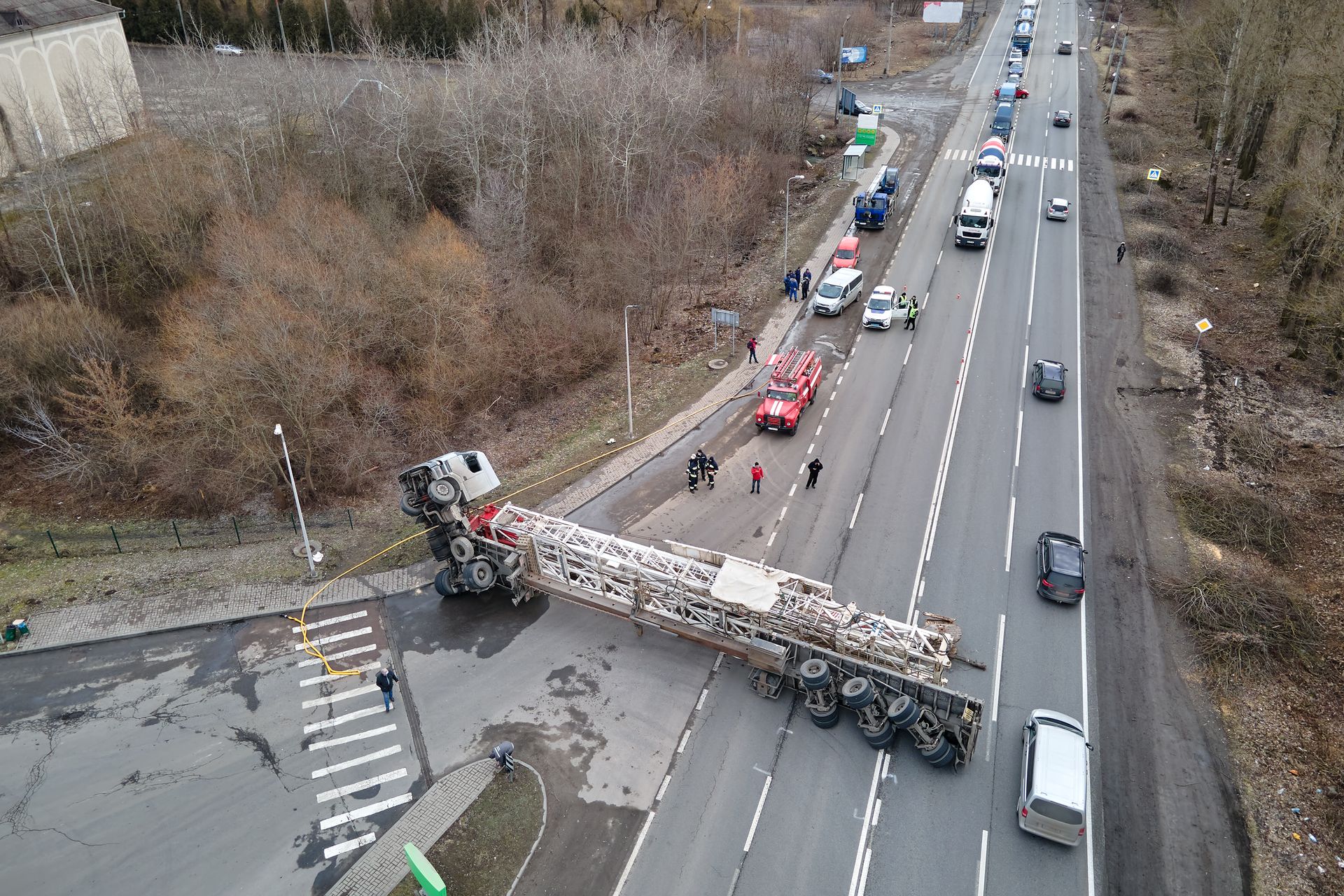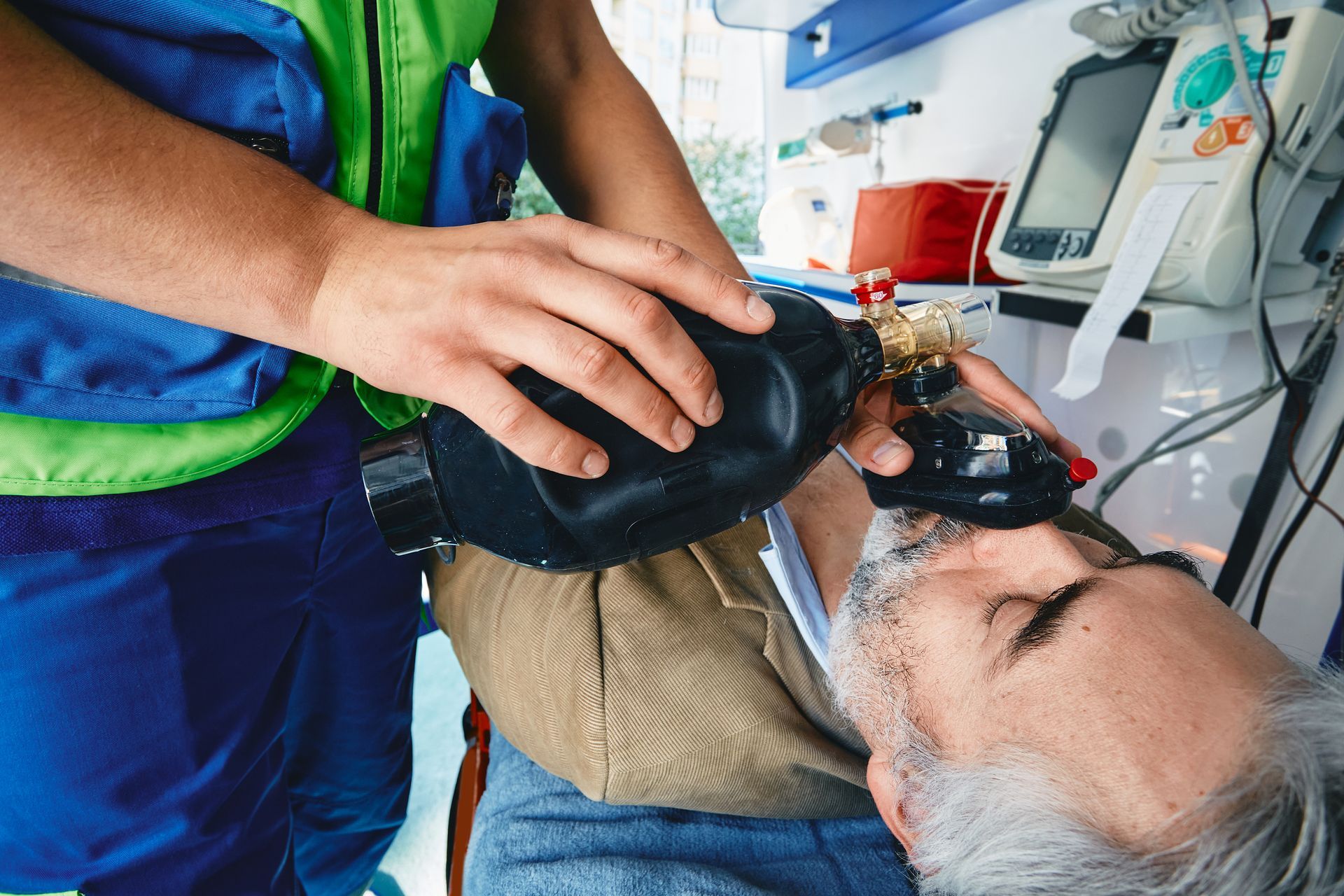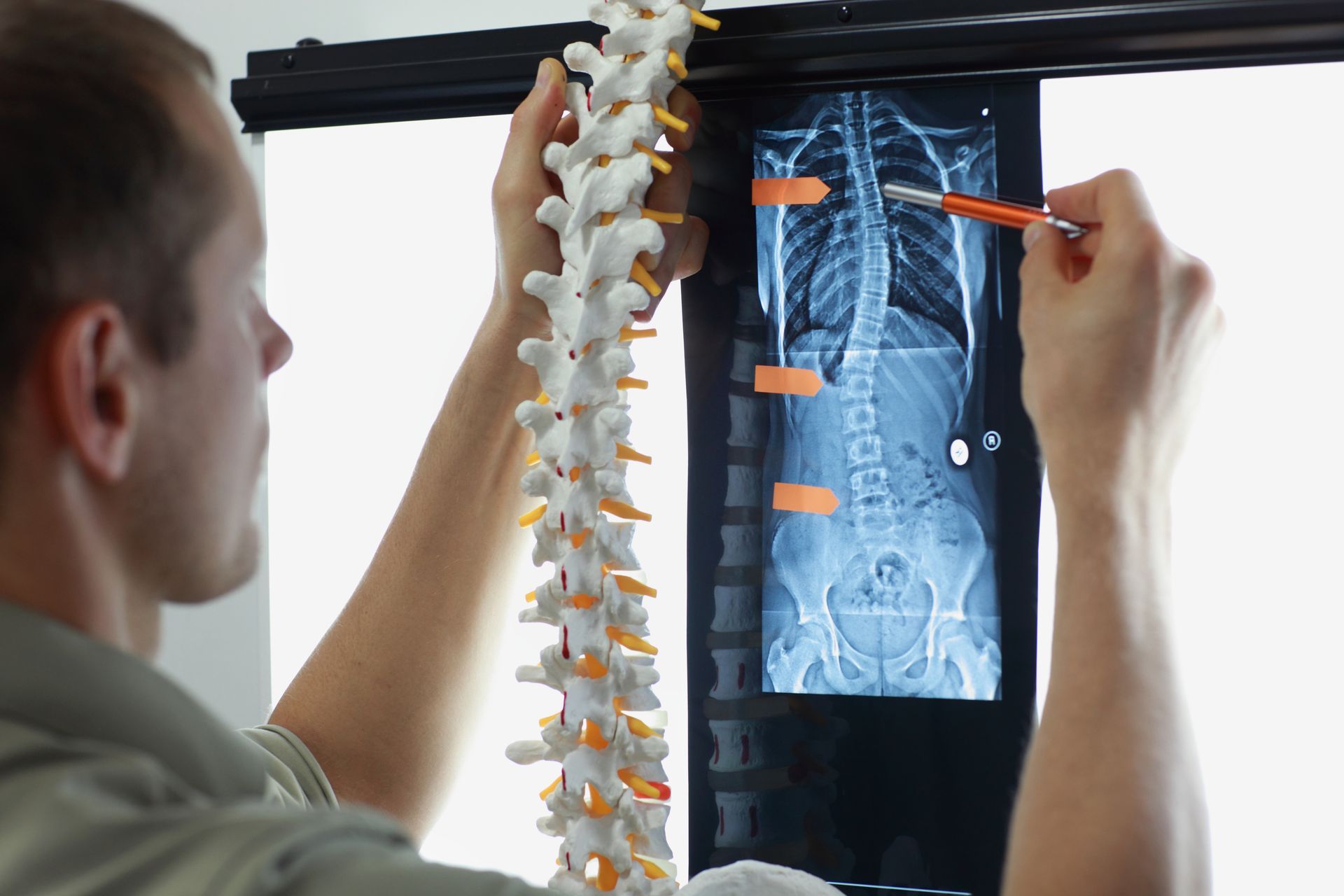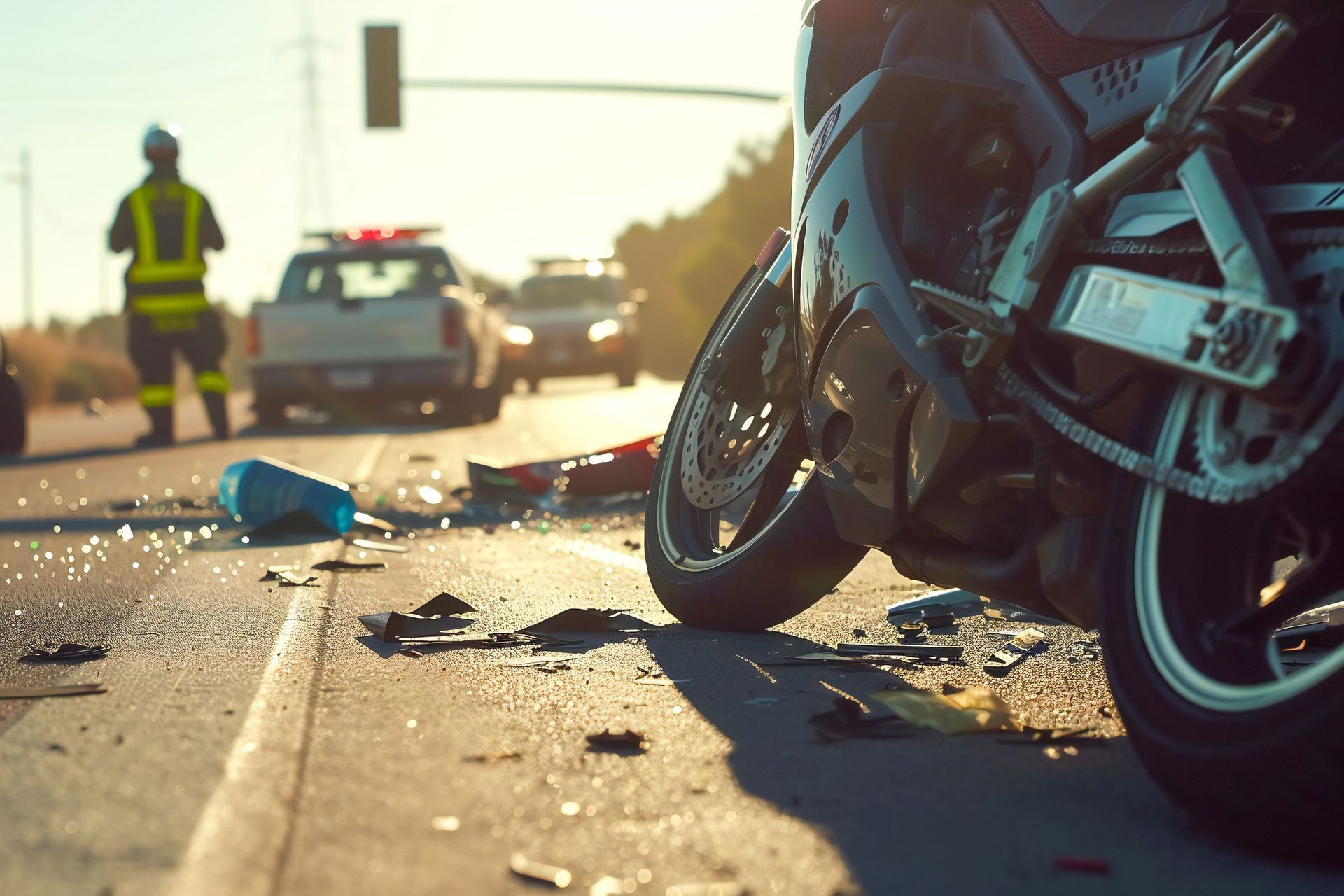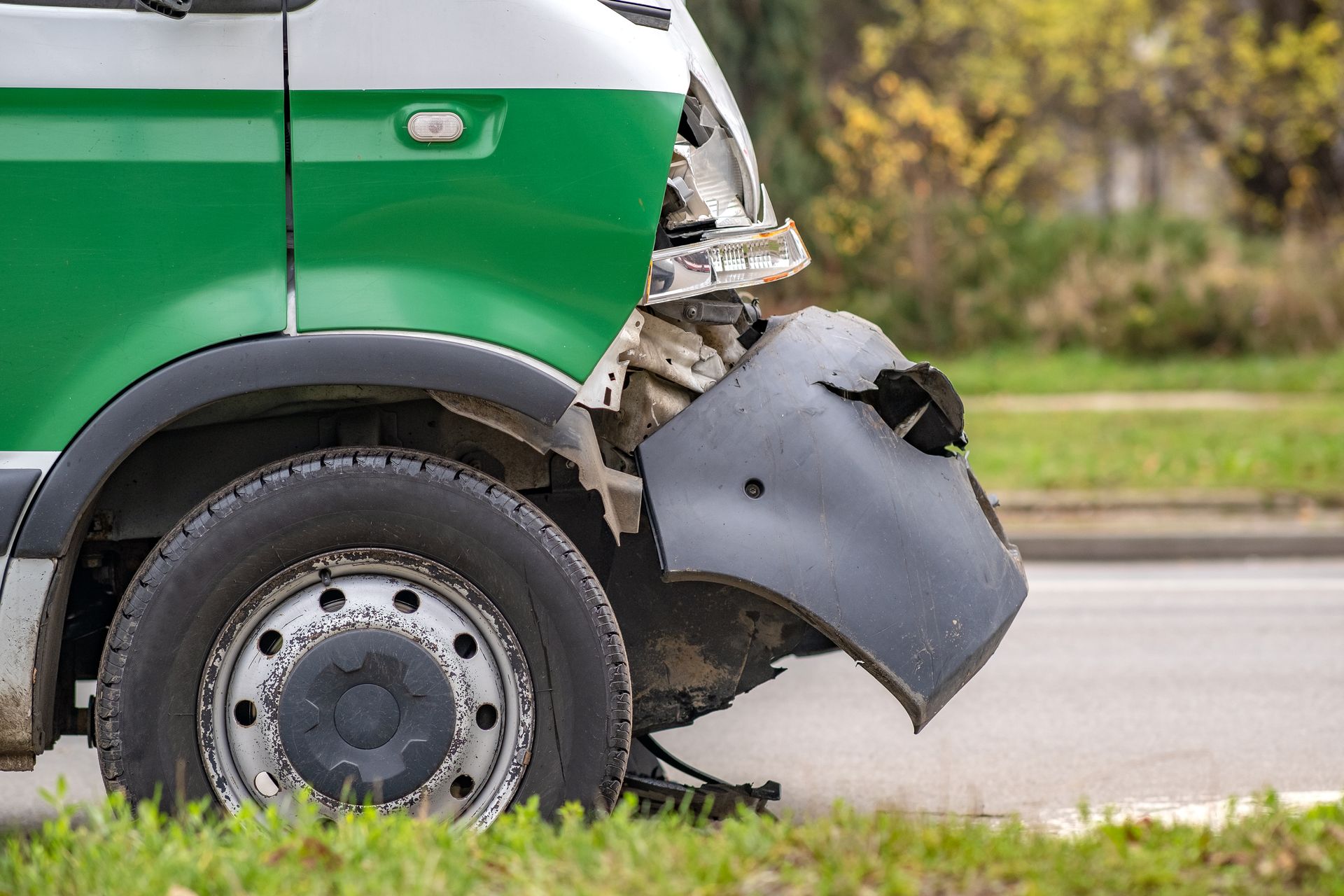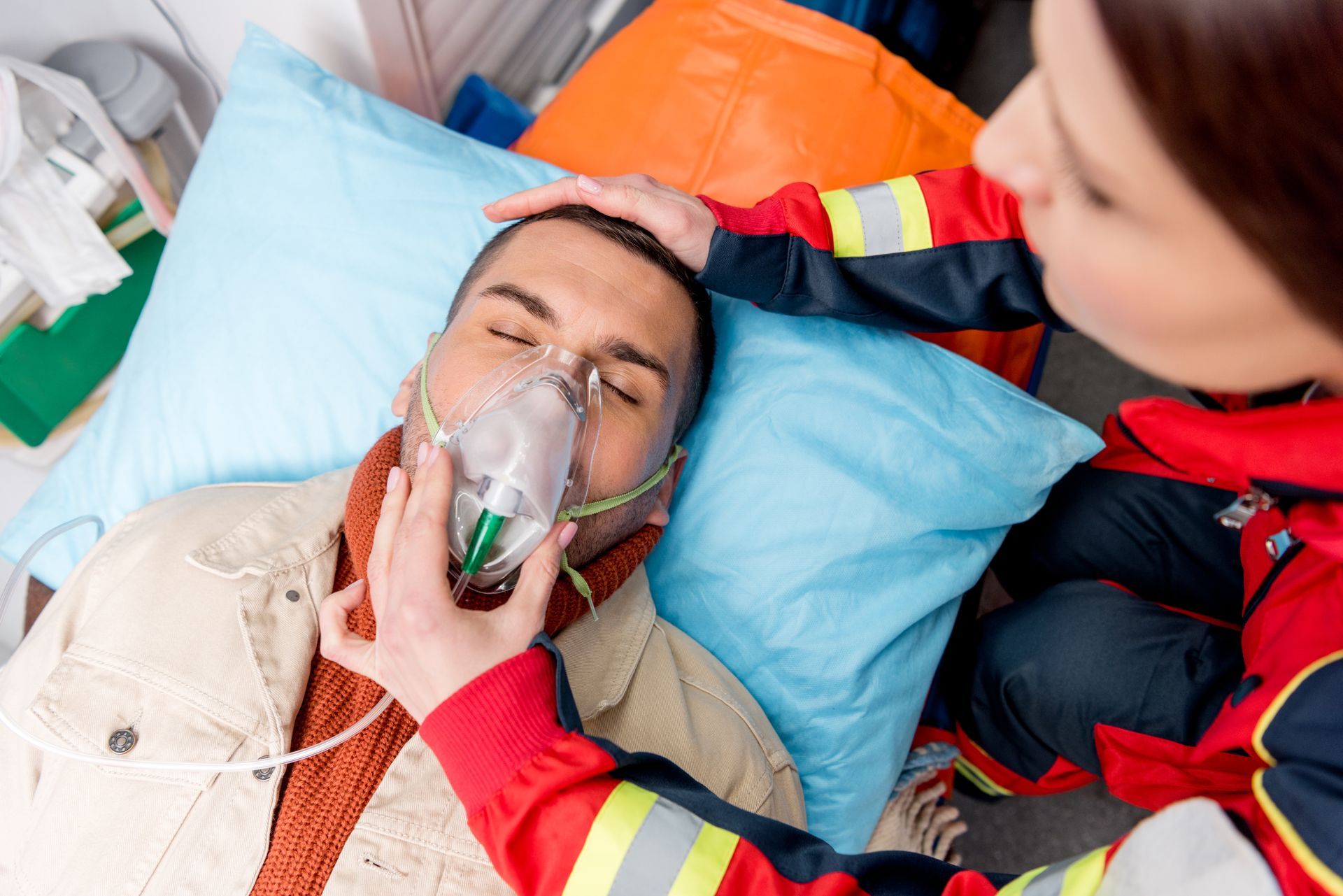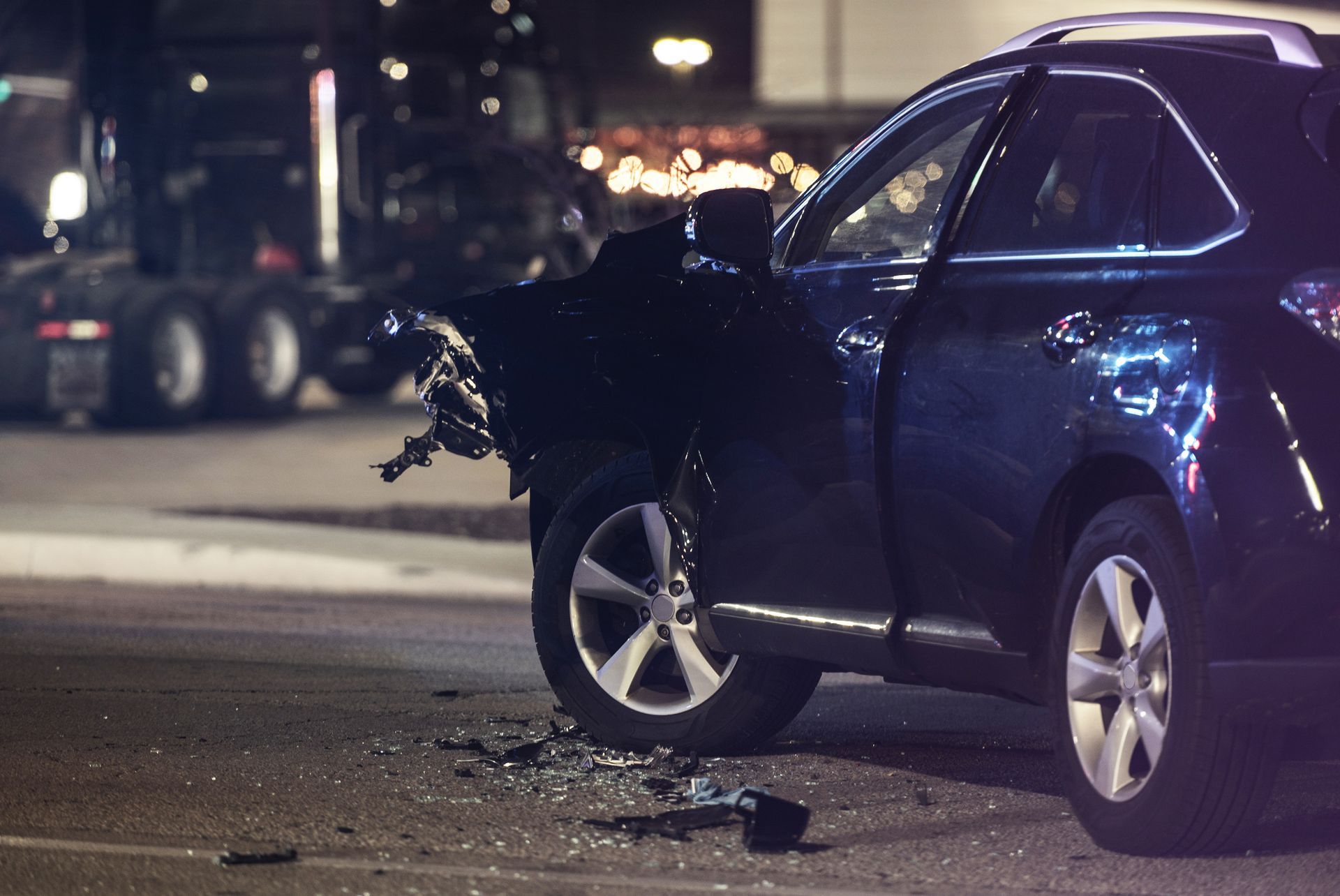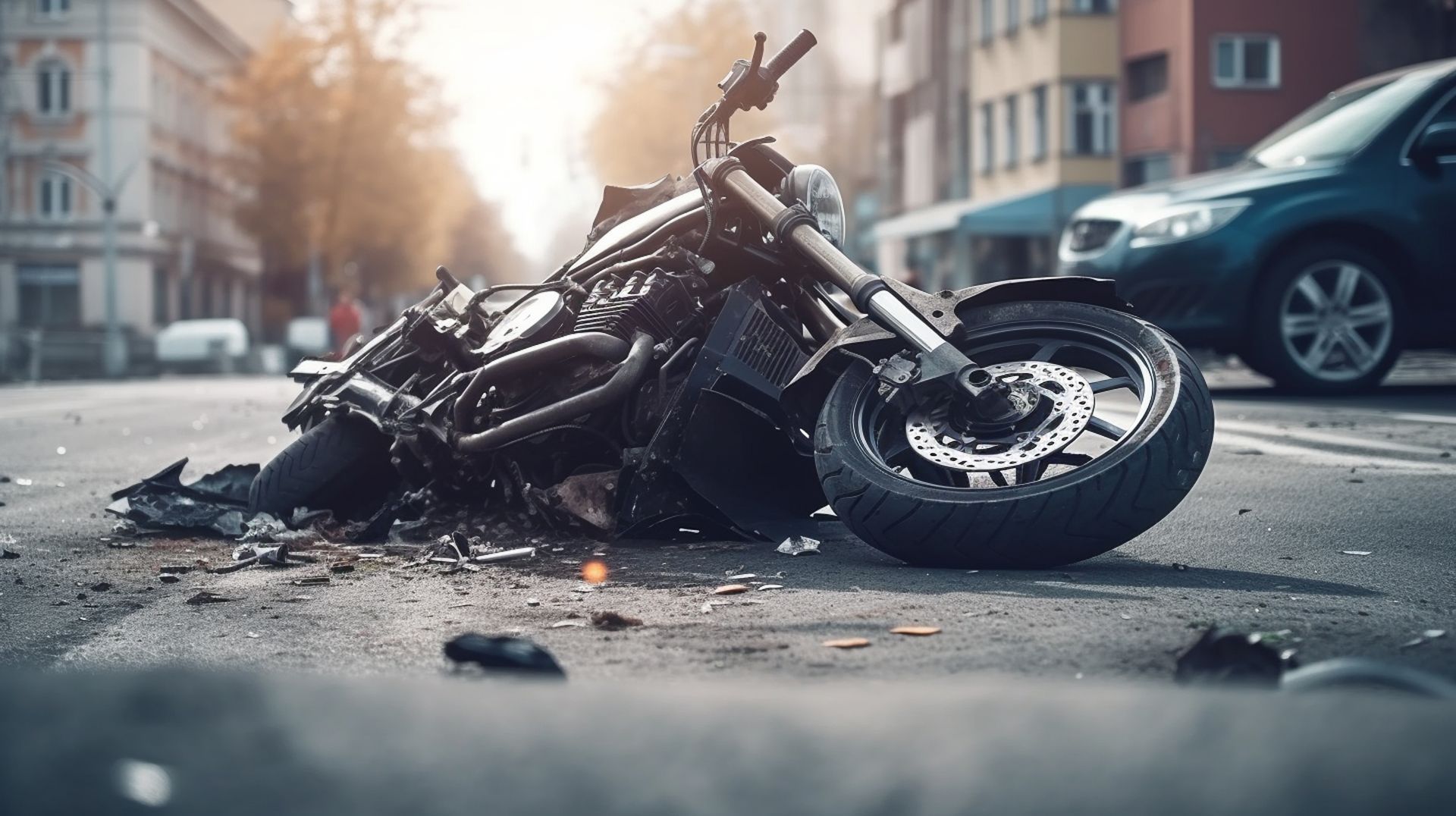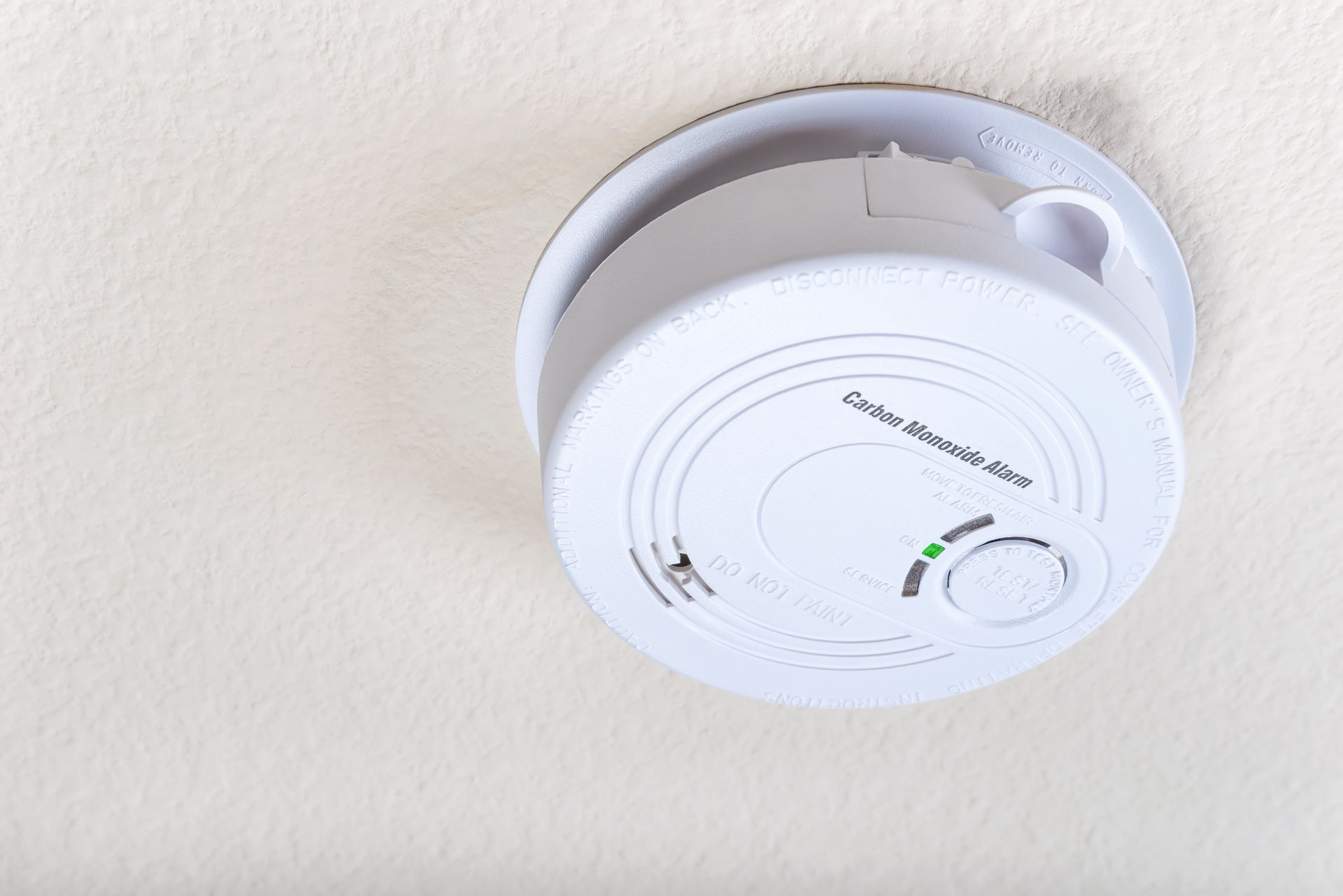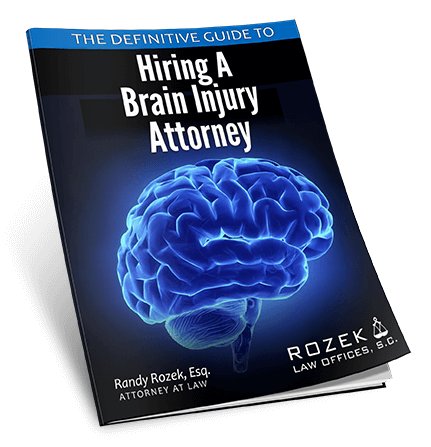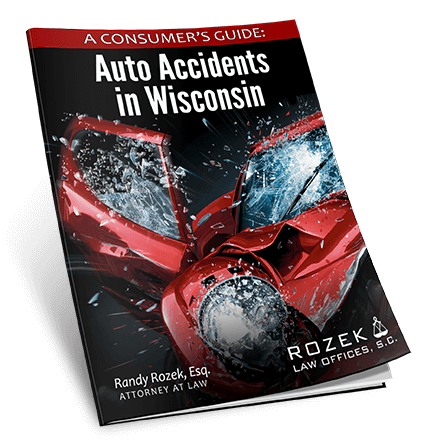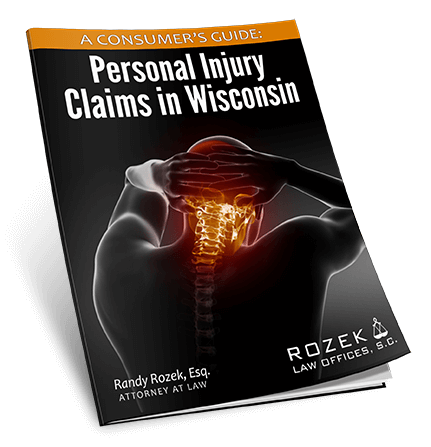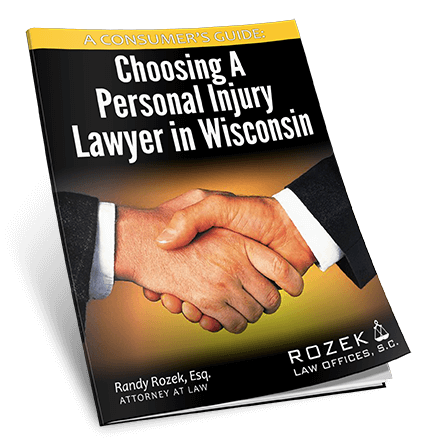Concussion Headaches Following an Accident
Many times, a concussion follows a few seconds of loss of consciousness; however, loss of consciousness is not necessary. Many times, a concussion does not result in damage to the brain and in most instances, does not result in any visible damage to the skull; however, a blow to the head that causes loss of consciousness may severely shake the brain causing brain damage without leaving signs of external injury.
Force will often bruise the brain causing the death of some of the brain cells in the injured area. Concussions are known to cause internal swelling of the brain. Since the brain cannot escape the rigid confines of the skull, swelling can compress the brain and its blood vessels and limit the flow of blood. Without adequate blood flow, the brain does not receive the necessary flow of oxygen. Brain swelling after a concussion has the potential to increase the severity of the injury. Neurosurgeons and other brain injury experts emphasize that although some concussions are less serious than others, there is no such thing as a “minor concussion.” In most cases a single concussion should not cause permanent damage. A second concussion soon after the first one, however, does not have to be very strong for its effects to be deadly or permanently disabling.
No matter how the individual is feeling after the incident, all concussion victims need to treat their injury seriously and see a doctor.
Mild injuries to the brain like concussions may not be observable in routine neurological examinations. Diagnostic tests will typically not show any changes. Therefore, diagnosis is based on the nature of the incident and the presence of specific symptoms.
One of the symptoms are Post Concussion Headaches (often known as post-traumatic headaches) that steadily increase in frequency and/or severity, over time. Post-concussion headaches are a common lasting side effect. The standard treatment for concussion is rest. For headaches, acetaminophen (Tylenol) can be taken. Post concussion headaches are often resistant to stronger narcotic-based medications. Other actions that a concussion victim can do following an accident and concussion injury are as follows:
1. Immediately see your doctor and explain your headache symptoms, specifically indicating the frequency and severity with which they occur.
2. Place yourself in a dimly lit, quiet environment as much as possible.
3. Moisten a washcloth with cool water and place it on the forehead and temples.
4. Rest more.
5. Drink a lot of water.
6. Return to normal activity levels only once symptoms are completely gone, and you have remained symptom free for a period identified by your doctor (generally at least 1 week).
The medical profession has found no relationship between the severity of the trauma and the severity and permanency of the post concussion headache. If post concussion headaches are still being experienced consistently after 6-12 months post-accident, they are most likely permanent in nature.
If you are experiencing post concussion headaches , it is critical for you to track the intensity, duration and frequency of the headaches. This information is critical to your physician in properly diagnosing and treating your condition. Download the Post Concussion Headache Journal. This information is also invaluable to your personal injury case. Accurate recording of post-traumatic headaches will allow your attorney to chart out the frequency of your headaches and demonstrate to the jury just how significant the headache condition is for the injury victim.
If you or a loved one suffer from post concussion headaches due to the negligence of another, be sure to contact an experienced Wisconsin Concussion Attorney.
